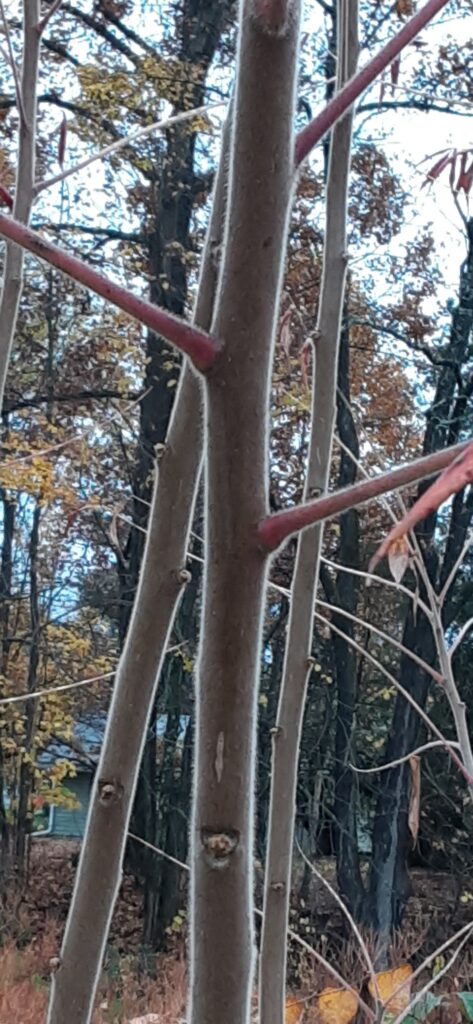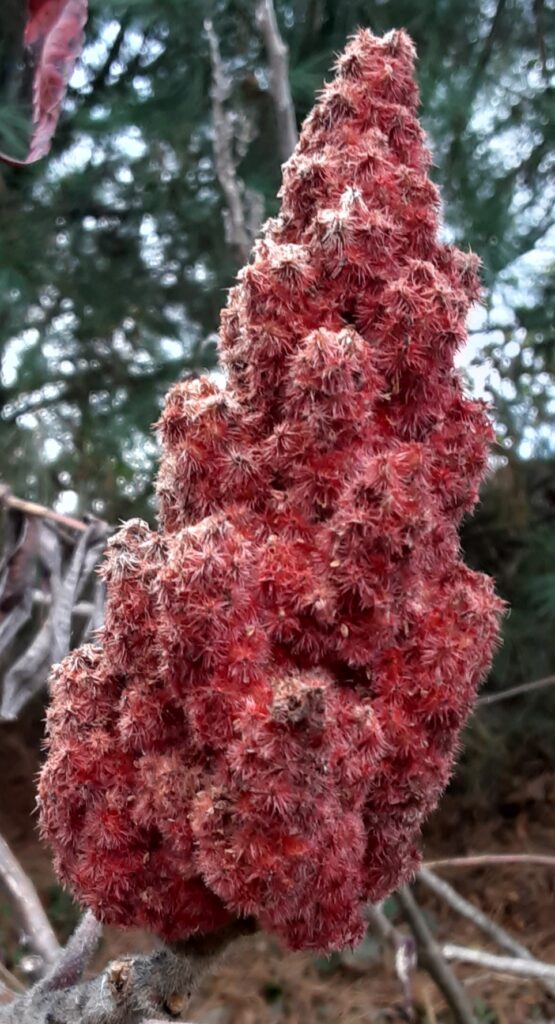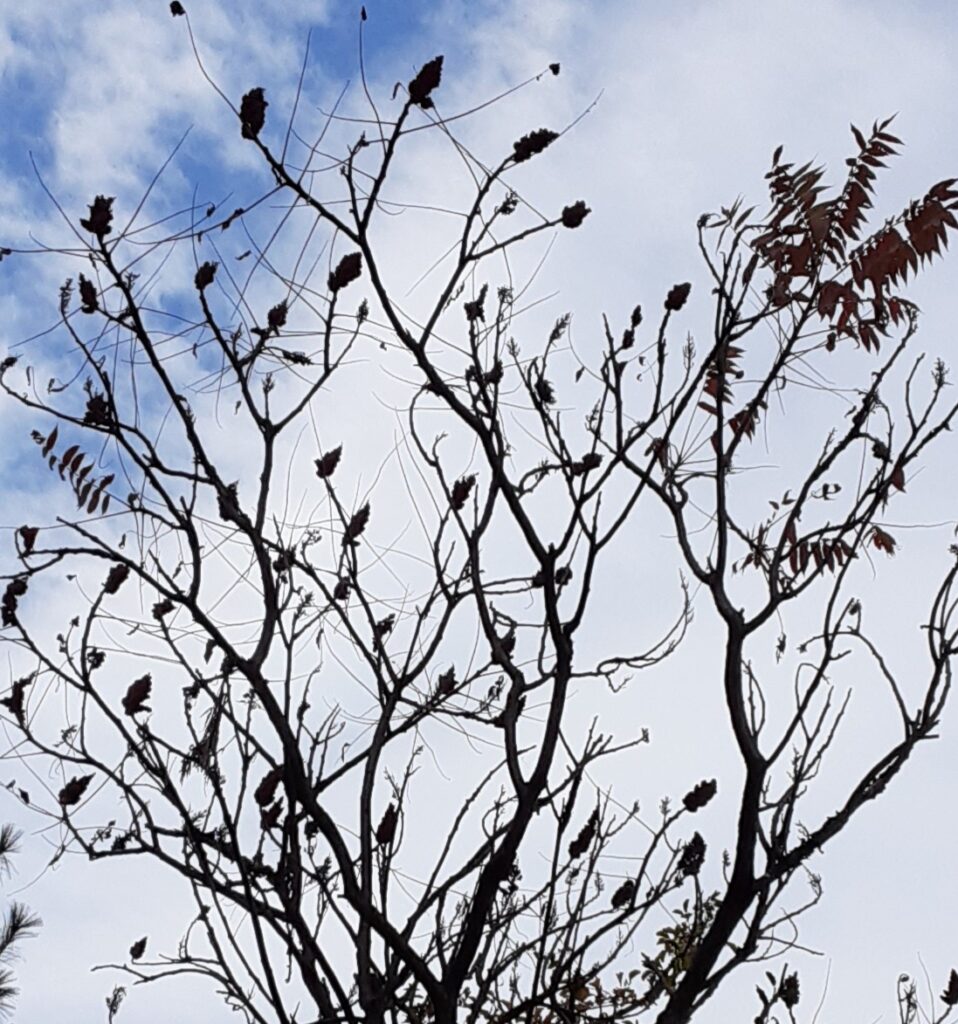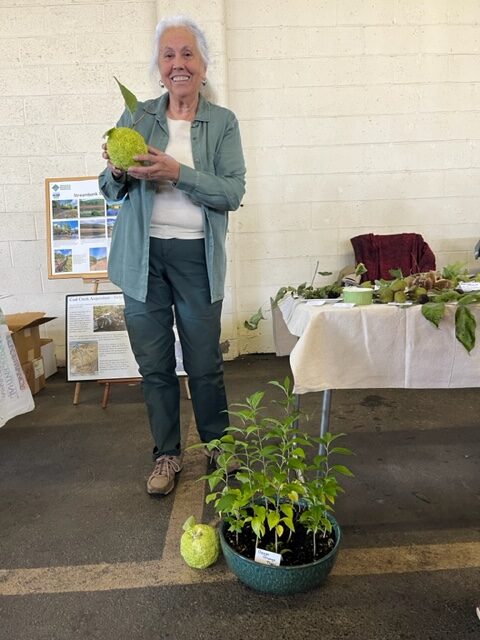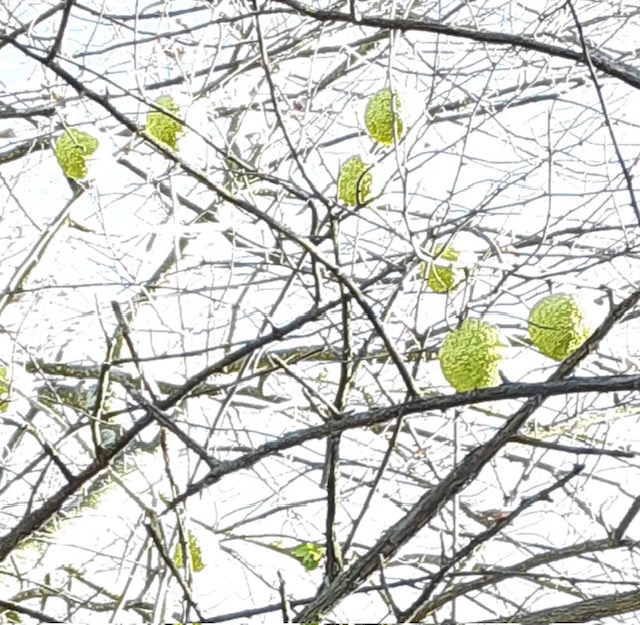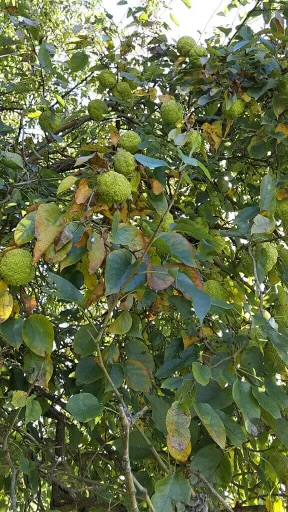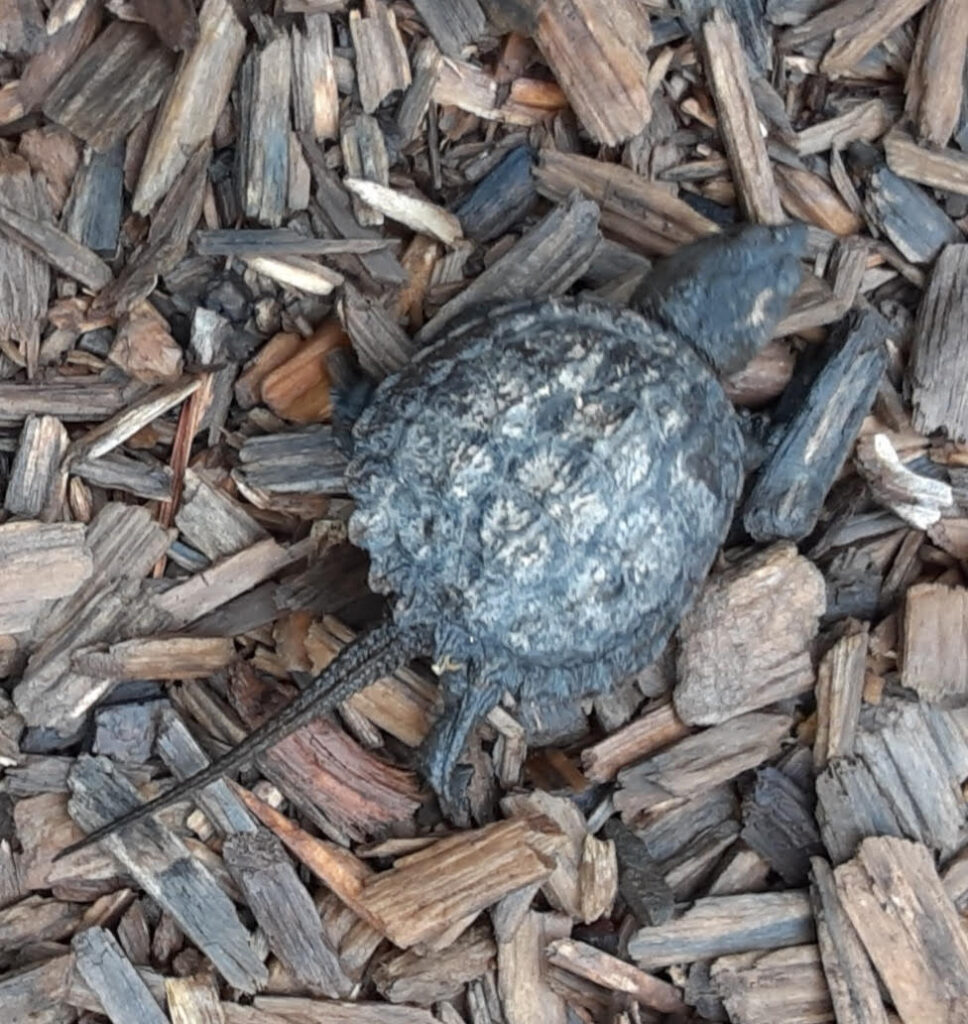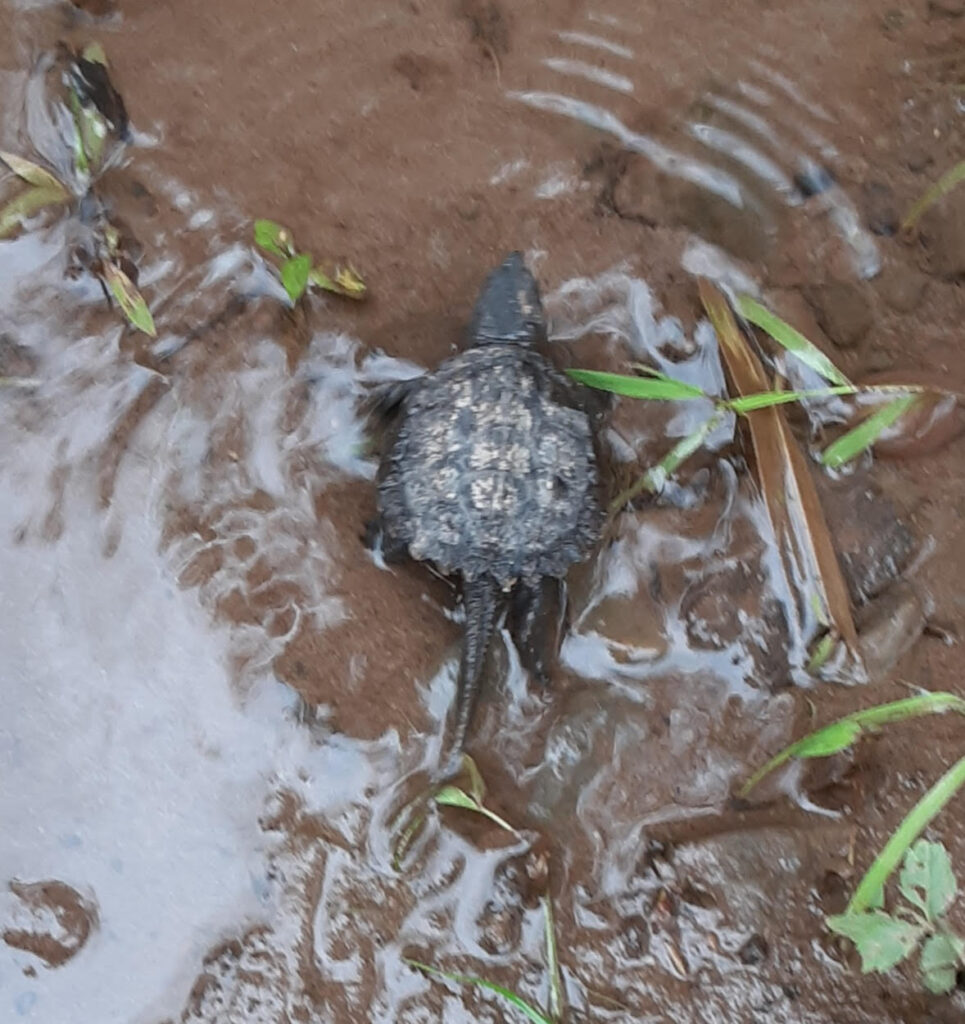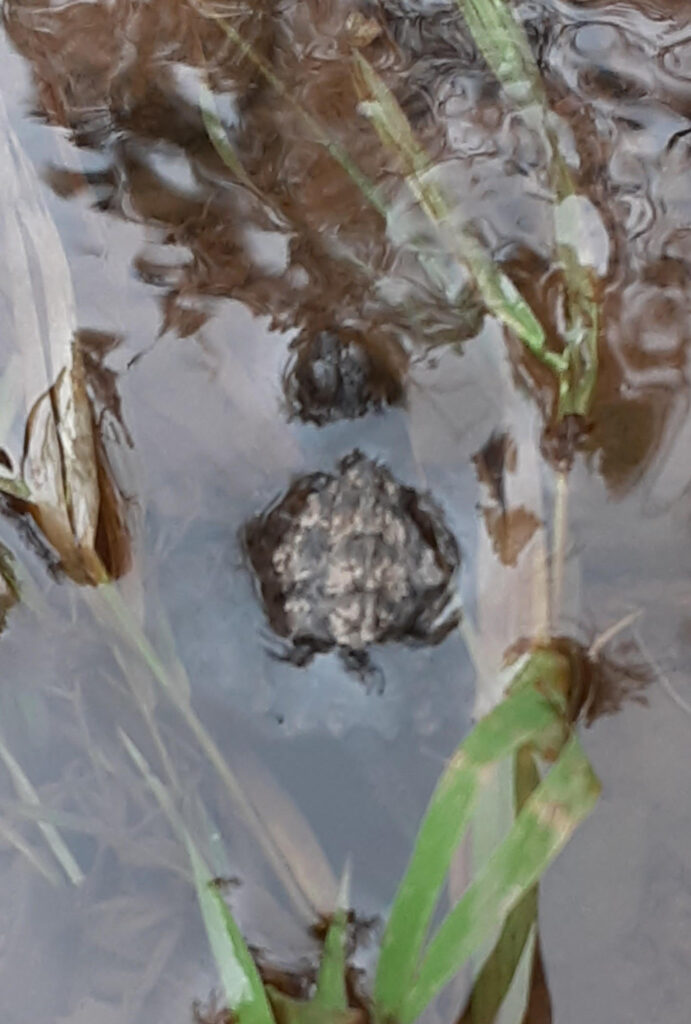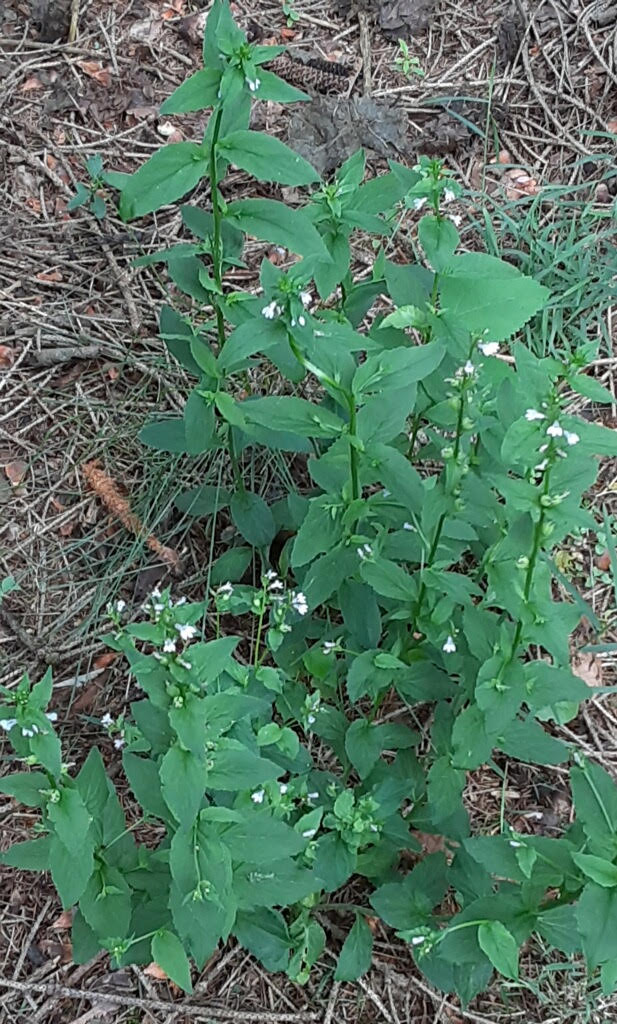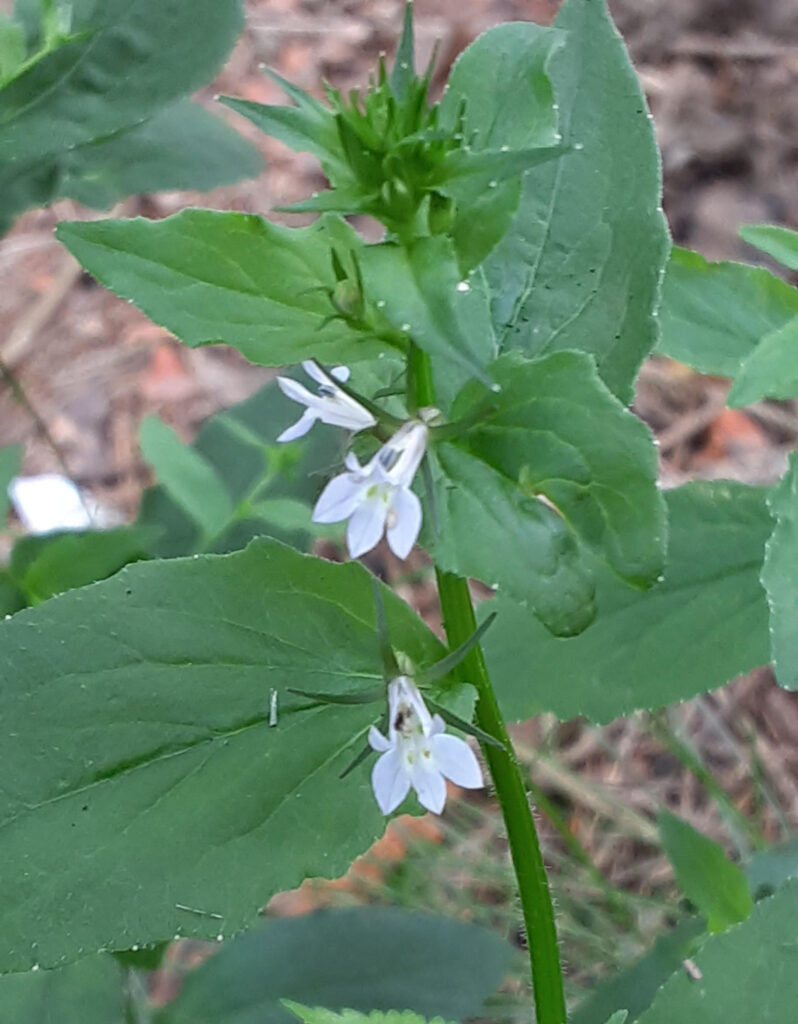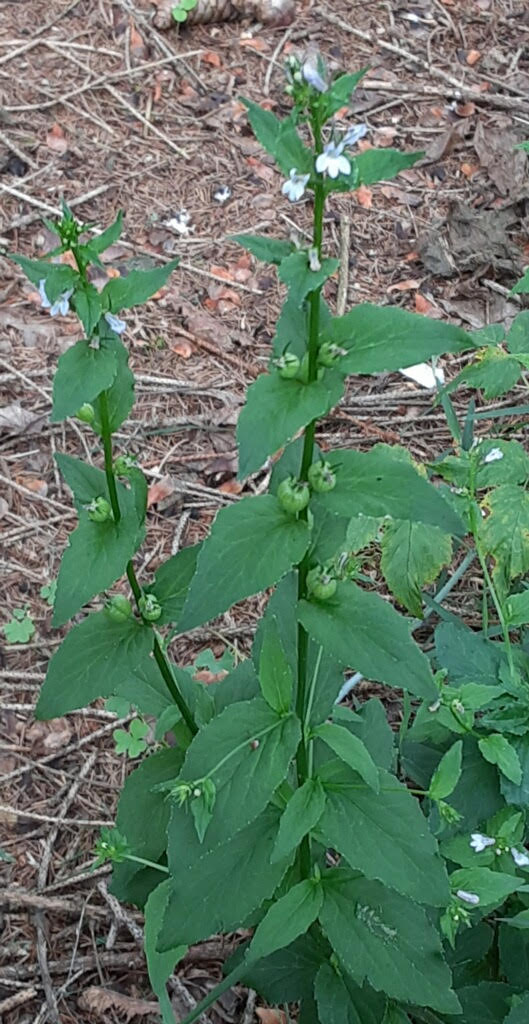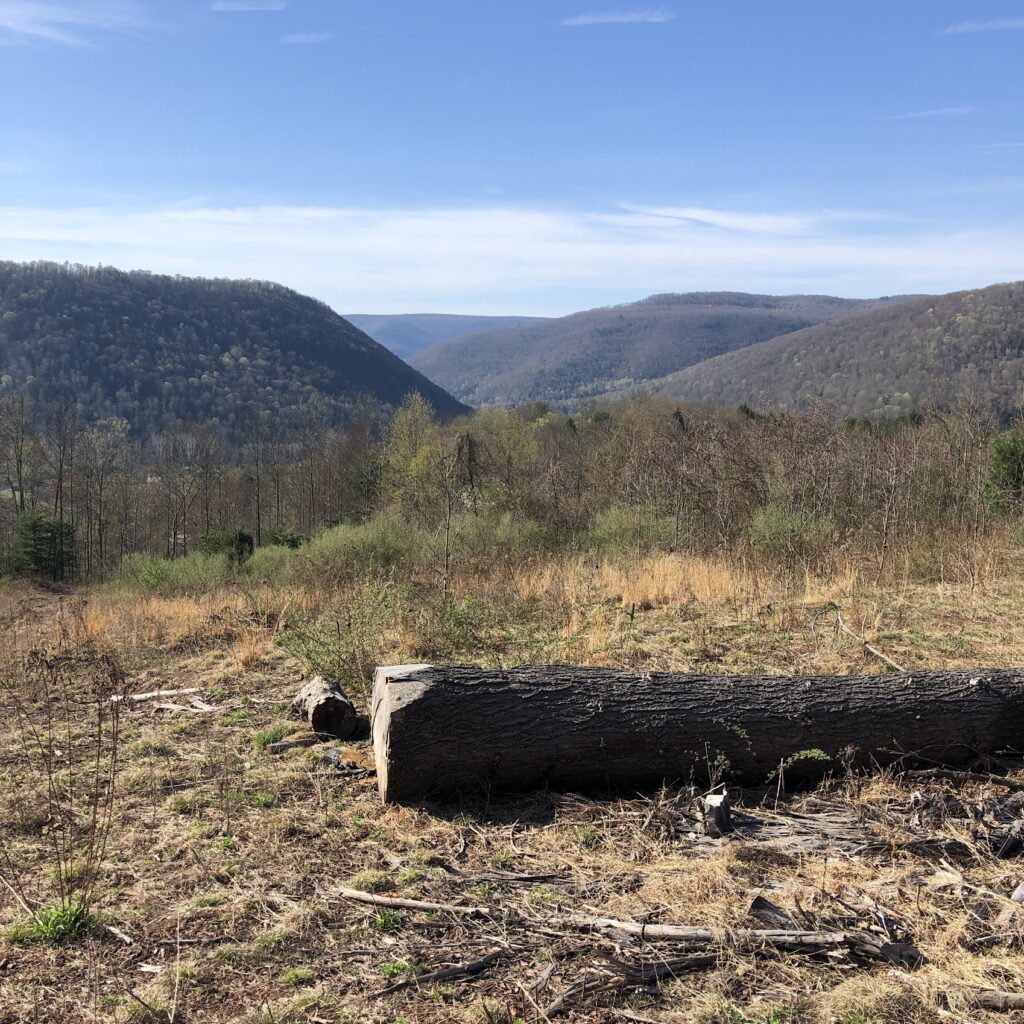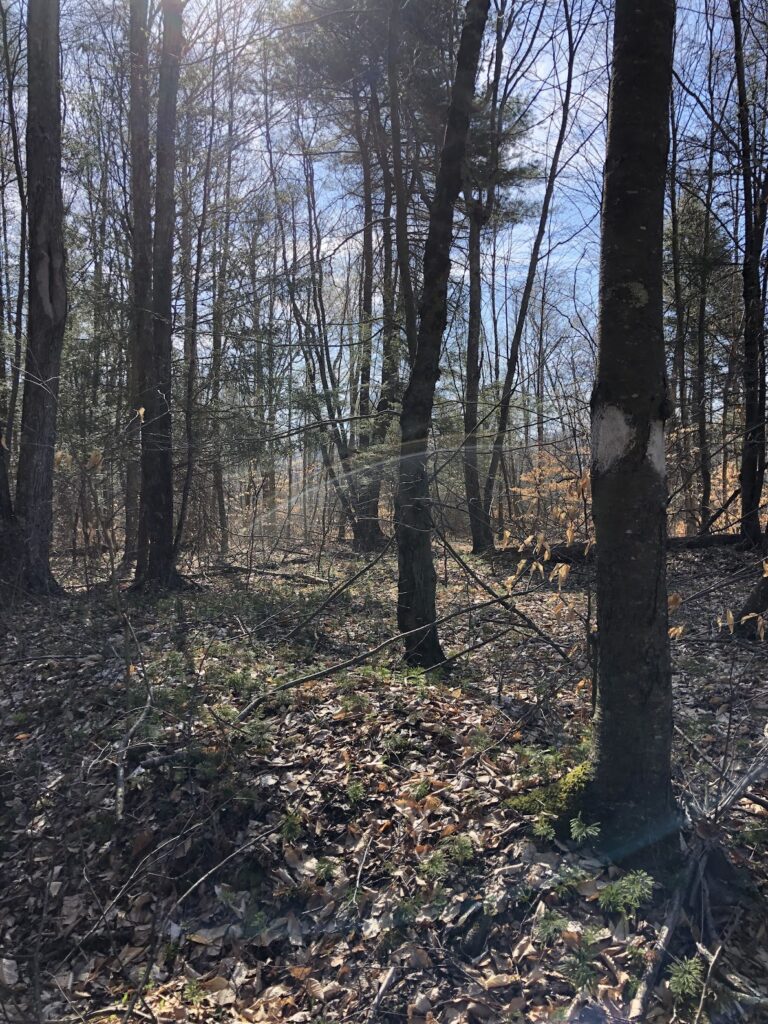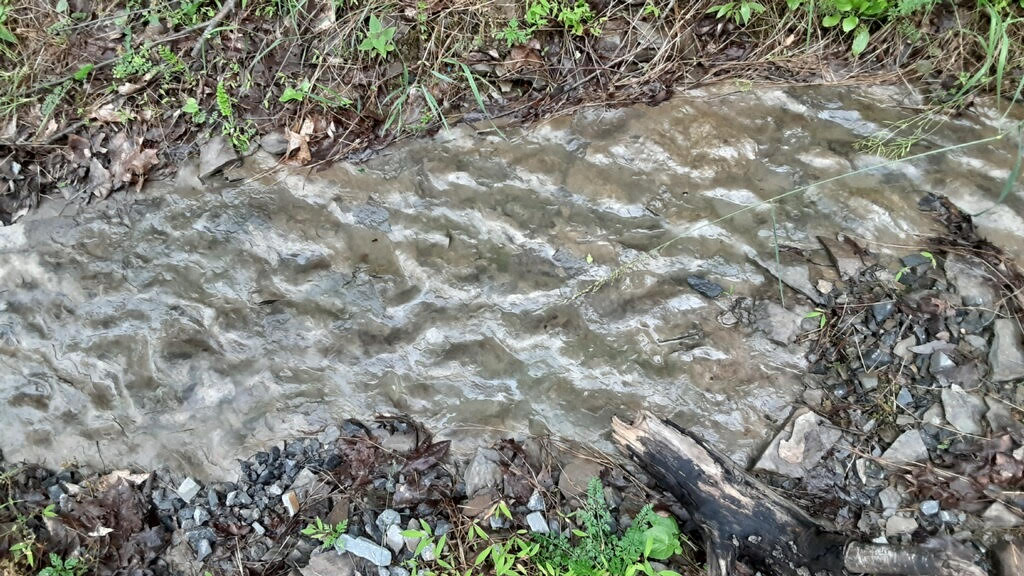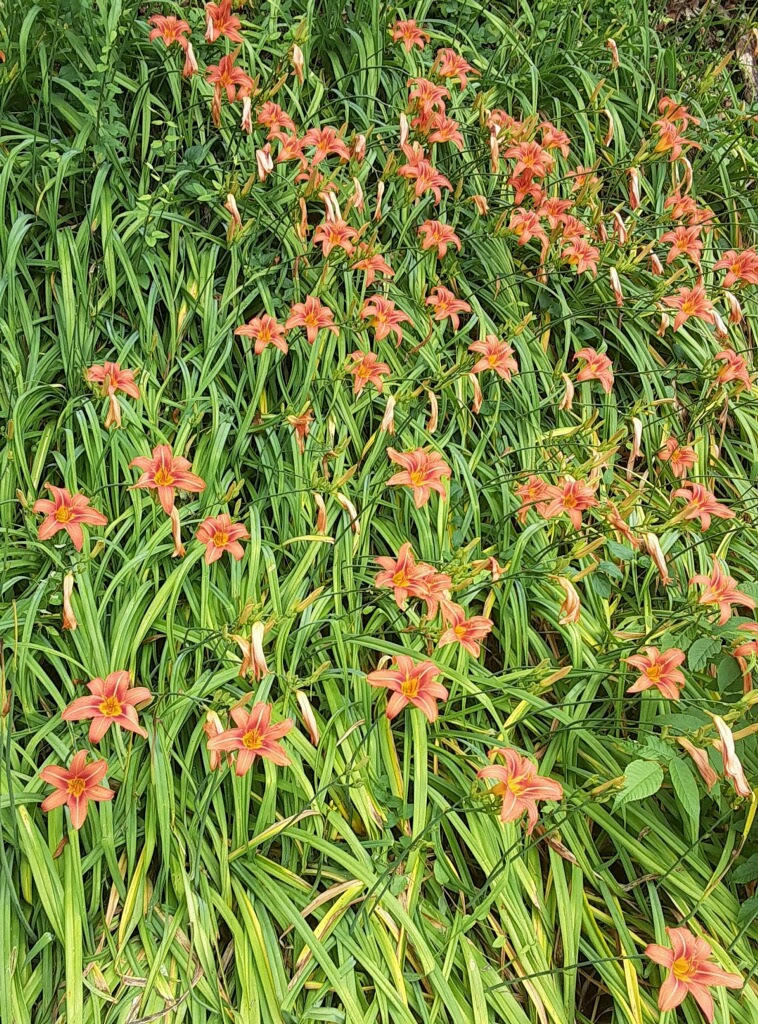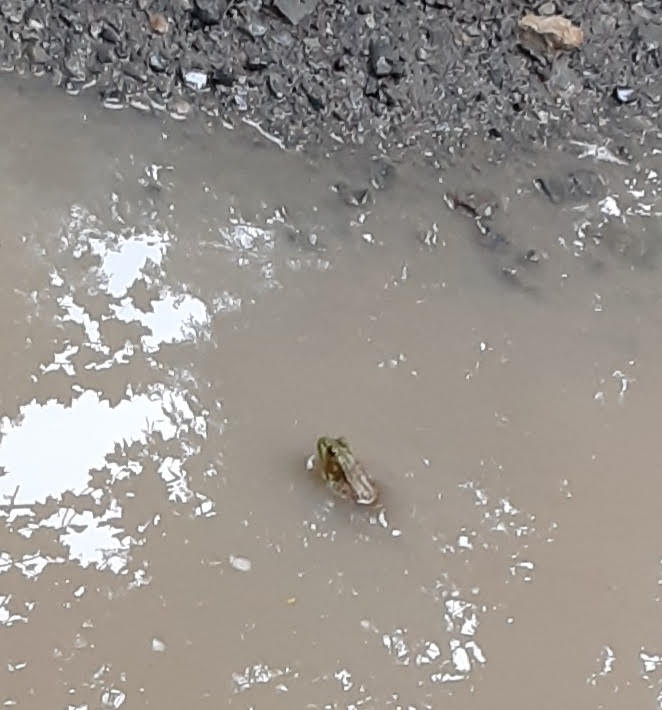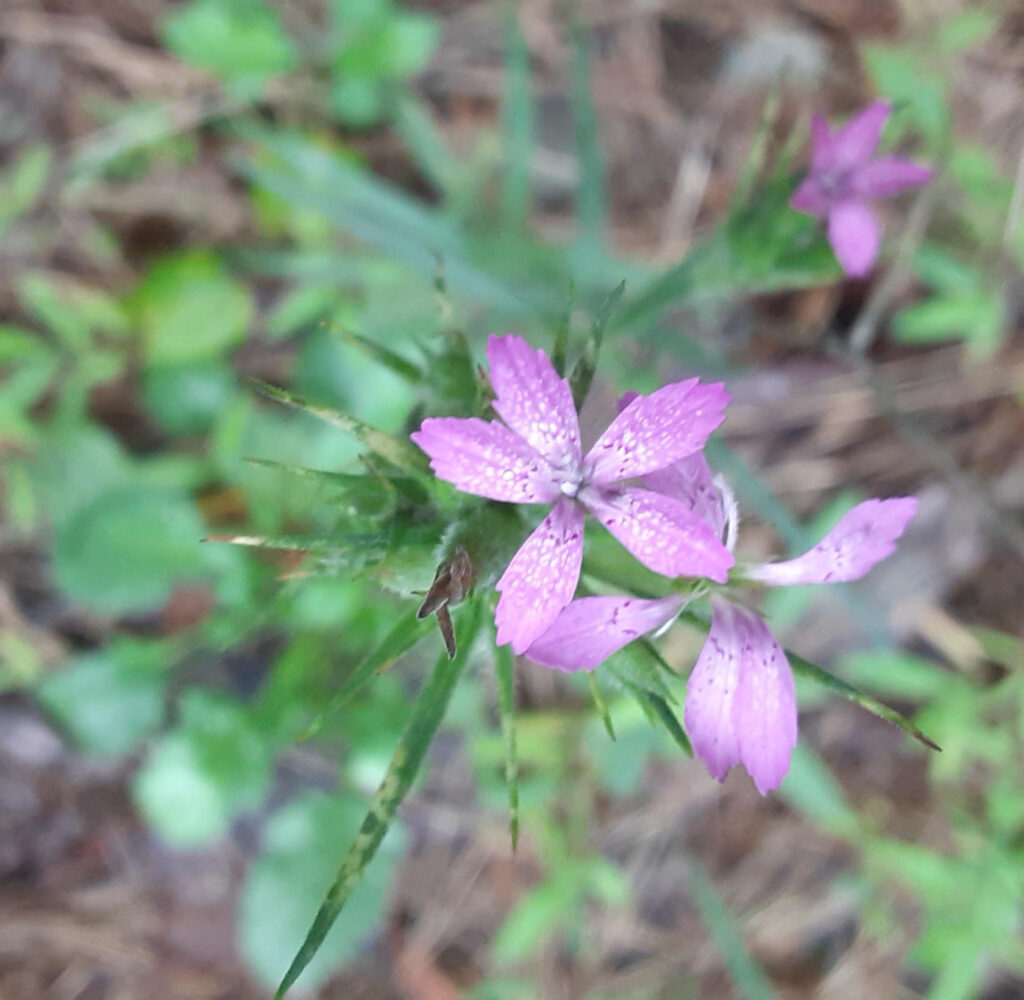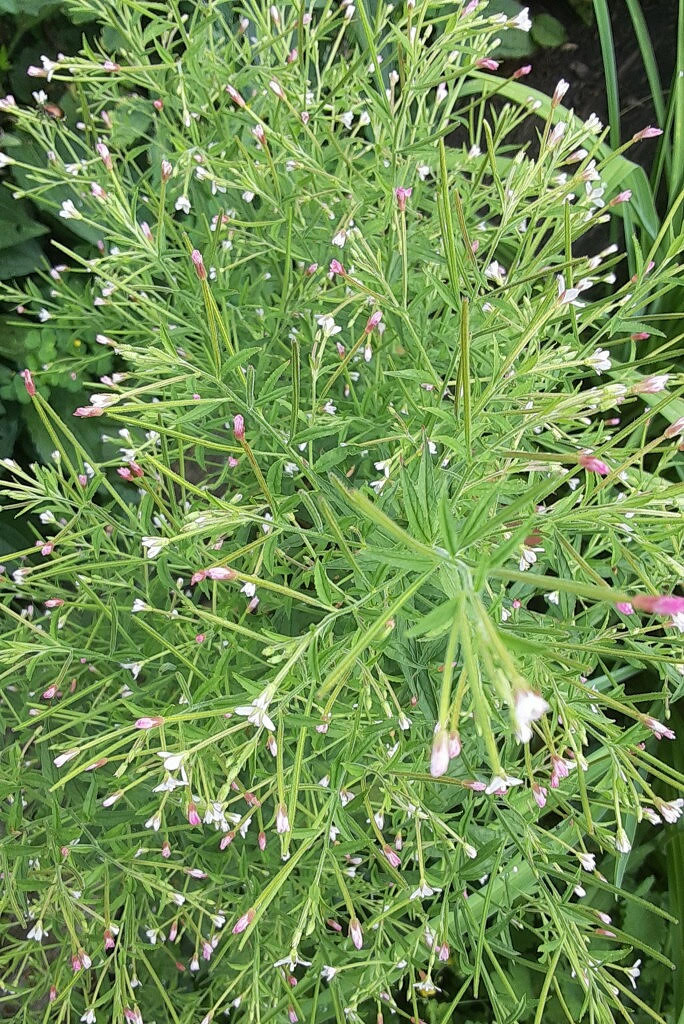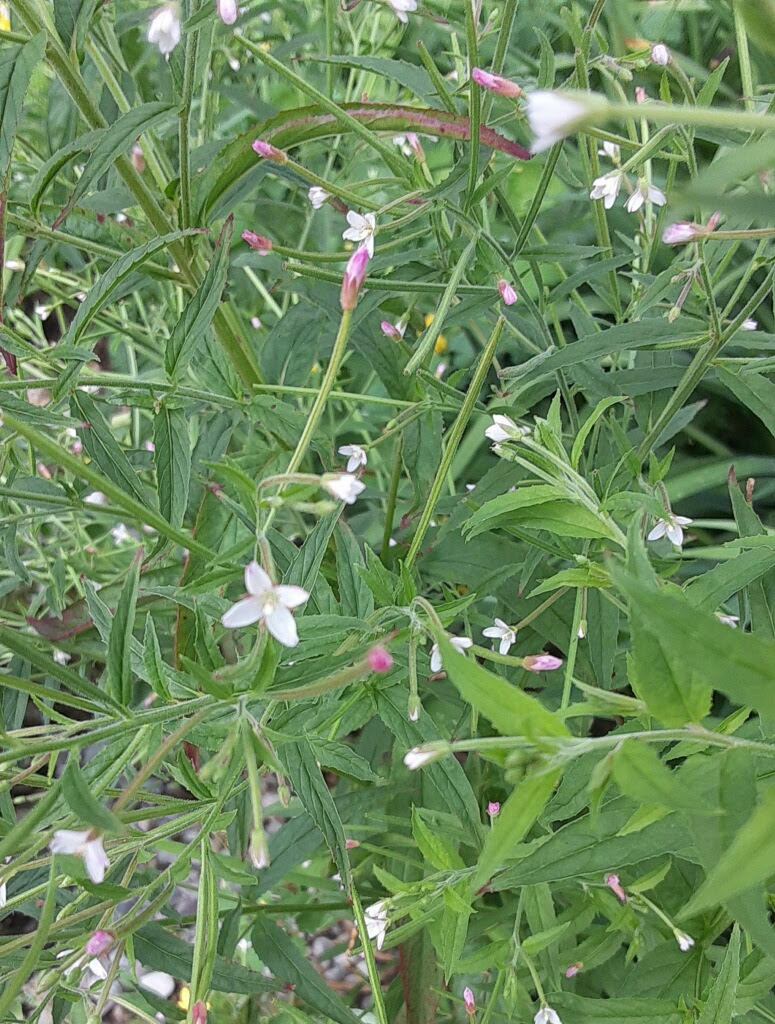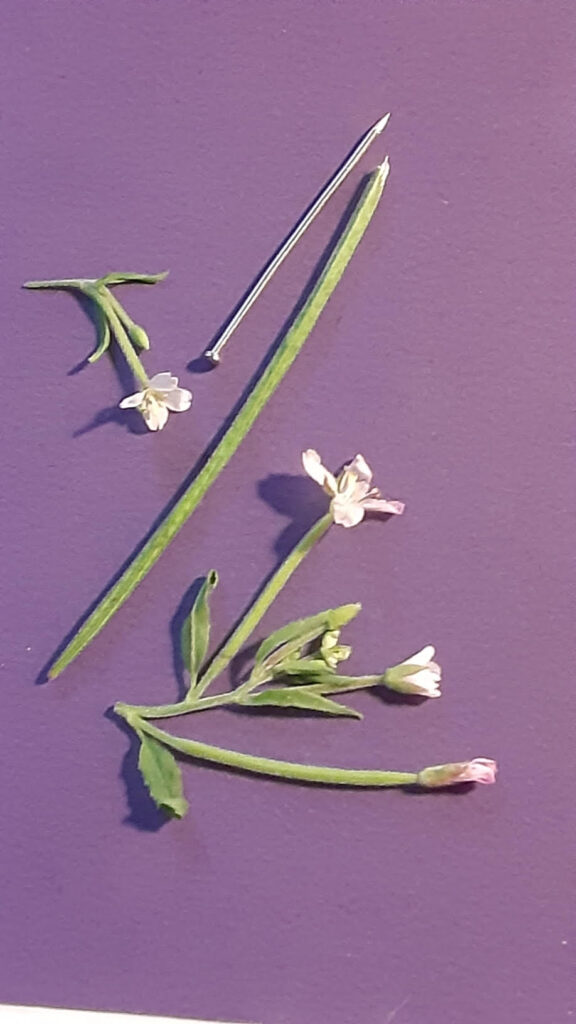That catchy phrase, “team work makes the dream work,” always comes to mind when reflecting at the end of another construction season. The “team” in this case, is the Northcentral Stream Partnership, a partnership consisting of state agencies, county conservation districts, willing landowners, and NPC. The “dream” – healthy water resources for our communities.
Like most dreams, progress takes time. Fortunately, the Northcentral Stream Partnership came together in 2009, and year after year, has been steadily bringing the region’s waterways back to health while maintaining a working agricultural landscape.
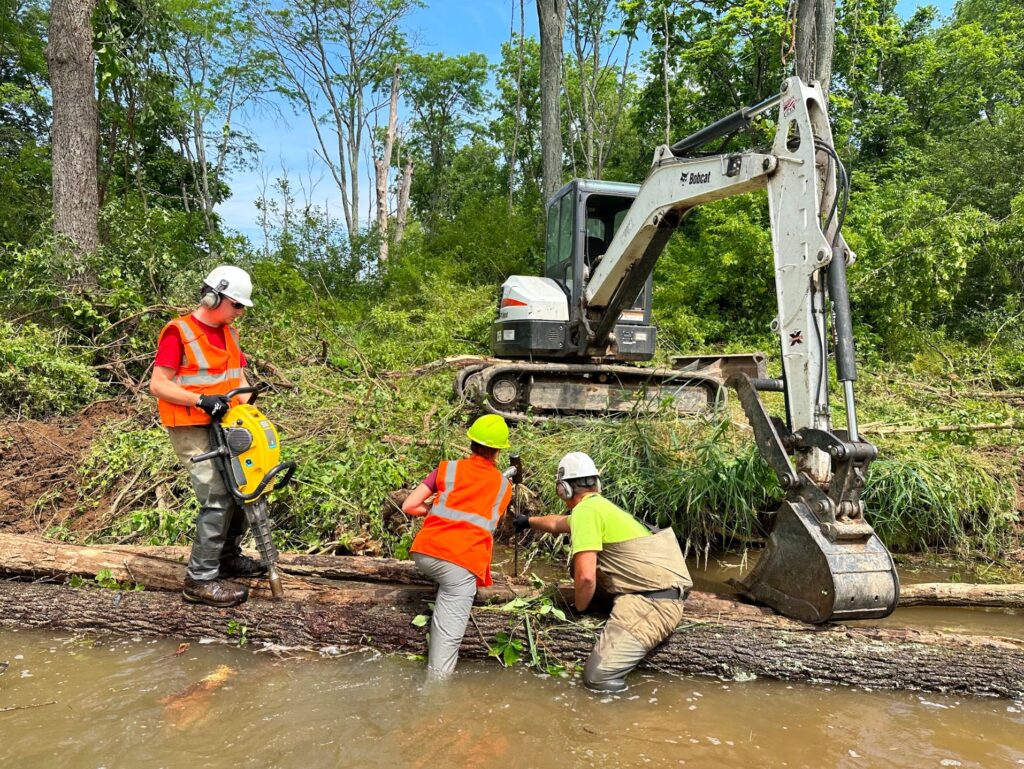
The Partnership didn’t waste any time getting the 2023 stream season underway in March at project sites in Northumberland and Montour Counties. Here, landowners were seeing their streambanks wash away with each high water. Eroding streambanks cause sediment to wash into the streams. This sediment smothers aquatic life, leads to habitat loss, clouds the water, and creates higher levels of nutrients. To combat the issue, The Pennsylvania Fish and Boat Commission developed designs for the sites using in-stream stabilization structures (i.e. log vanes and mudsills). The Northumberland County Conservation District and Montour County Conservation District worked with the landowners and coordinated the materials needed for the project. NPC organized the project and administered the funding provided by the Pennsylvania Department of Environmental Protection’s Growing Greener Grant program. (And yes, despite insulated waders to help keep everyone warm, the water in March is still quite chilly!)
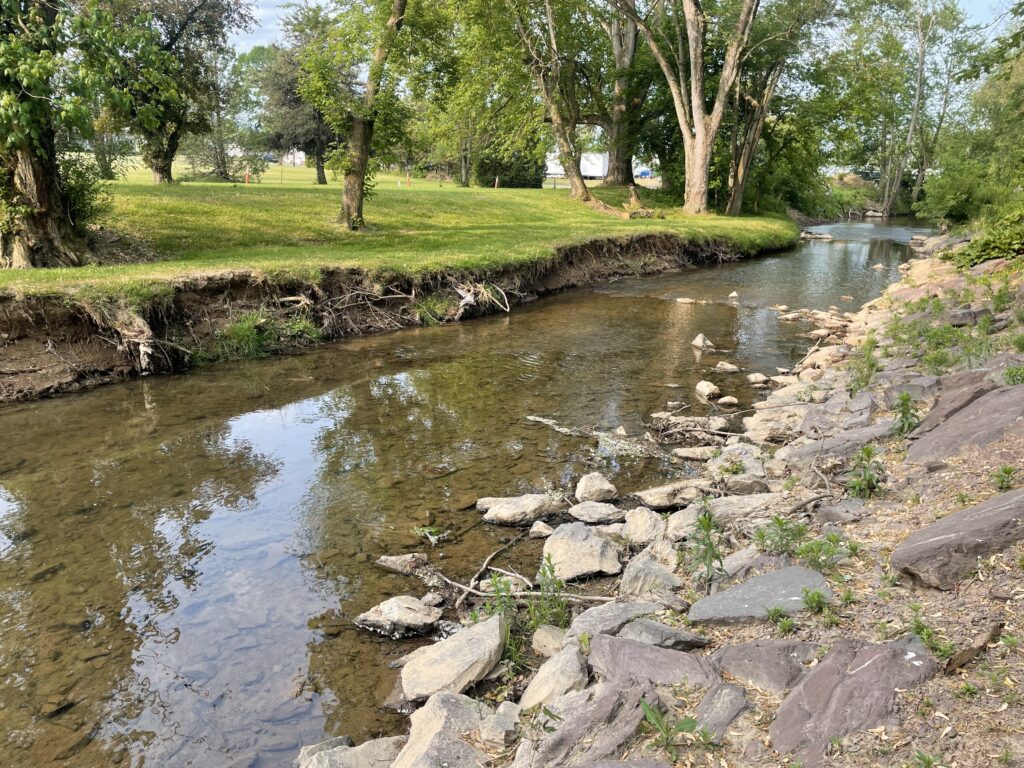
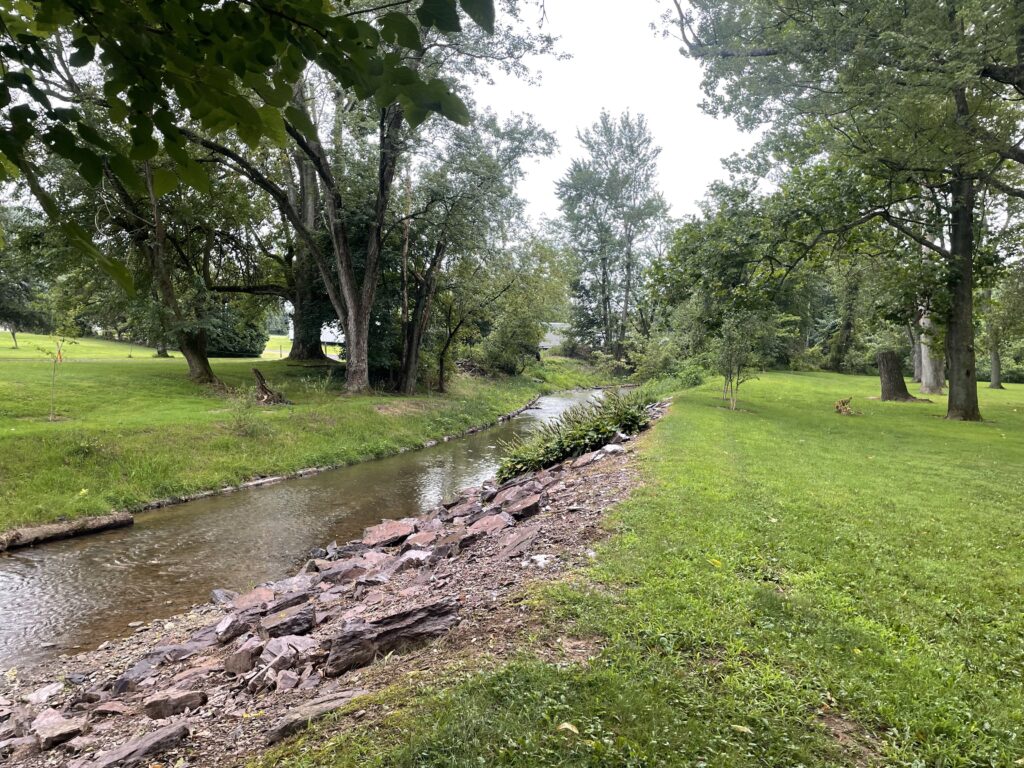
Applying this same model, the Partnership’s work continued in Columbia County on Hemlock Creek and the East Branch of Briar Creek. The Partnership has been able to work with several landowners in other stretches of Hemlock Creek over the last several years.
The East Branch of Briar Creek was another stream the Partnership re-visited in 2023. This year’s project included both streambank stabilization and planting trees for a riparian buffer. Columbia County Conservation District coordinated getting the materials to the site and worked with the landowner throughout the process.
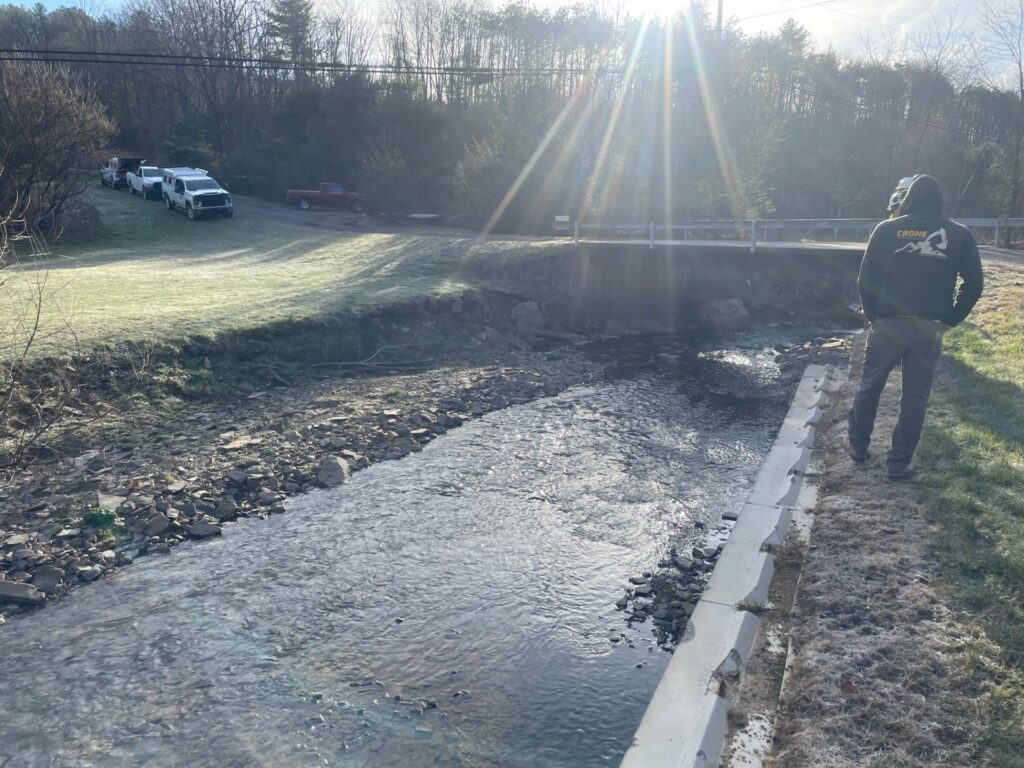
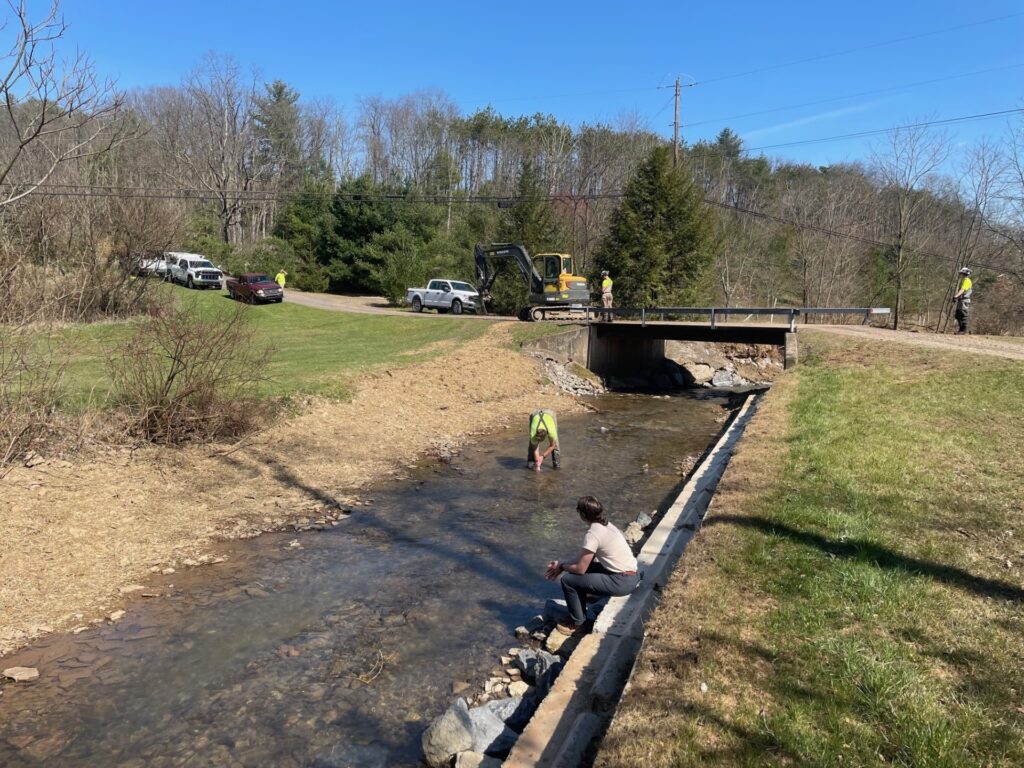
The Tioga County Conservation District organized a project on Canoe Camp Creek. This year’s project built on work done over the years by the Tioga County Conservation District and a past partnership project. While the work happened in May, the group gave a tour of projects in the watershed in mid-November to legislators.
Little Shamokin Creek Watershed Association hosted another project at their property in Northumberland County. They’ve collaborated with the Partnership numerous times over the years helping to find landowners to work with as well as allowing projects on their own property.
Normally projects take place on private properties where most people can’t follow progress and see the stream improve. This year, however, we had a project in a Township park. The Union County Conservation District helped coordinate with East Buffalo Township at their new Turtle Creek Park. The project occurred right along a walking path in the park where the public will be able to watch the stream improve. A live stake planting done in the weeks following the stream project has really started to take off already!
Schwaben Creek in Northumberland County was another stream where the Partnership built off the success of past year’s projects. During last year’s project on Schwaben Creek the neighbors stopped in and asked if their properties might be candidates for future work. Well, indeed they were, and became the 2023 project site on Schwaben Creek!
In October, the Partnership wrapped up the construction season on Susquehecka Creek. The Snyder County Conservation District took the lead on the project, securing the permits, organizing supplies, and walking the landowner through the process.
In the off-season, the Pennsylvania Fish and Boat Commission will be visiting sites and creating designs for 2024 and 2025. Once the designs for the 2024 projects are complete, the PFBC will have an estimate on how many days projects will take. That information will allow a schedule for the 2024 season to be drafted.
That’s right; we are already talking about 2025! The designs are needed to generate supply lists and supply lists are needed to create budgets. Getting the designs and supply lists now, allows partners to think through funding and apply for grants and other funding opportunities.
The Partnership has funding to get started with the 2024 construction season. NPC submitted an application to the Pennsylvania Department of Environmental Protection earlier this year for funding to continue the Partnership’s work. Grant announcements should be made in January…just as we’re mentally preparing to step our boots back in those frigid March waters!


